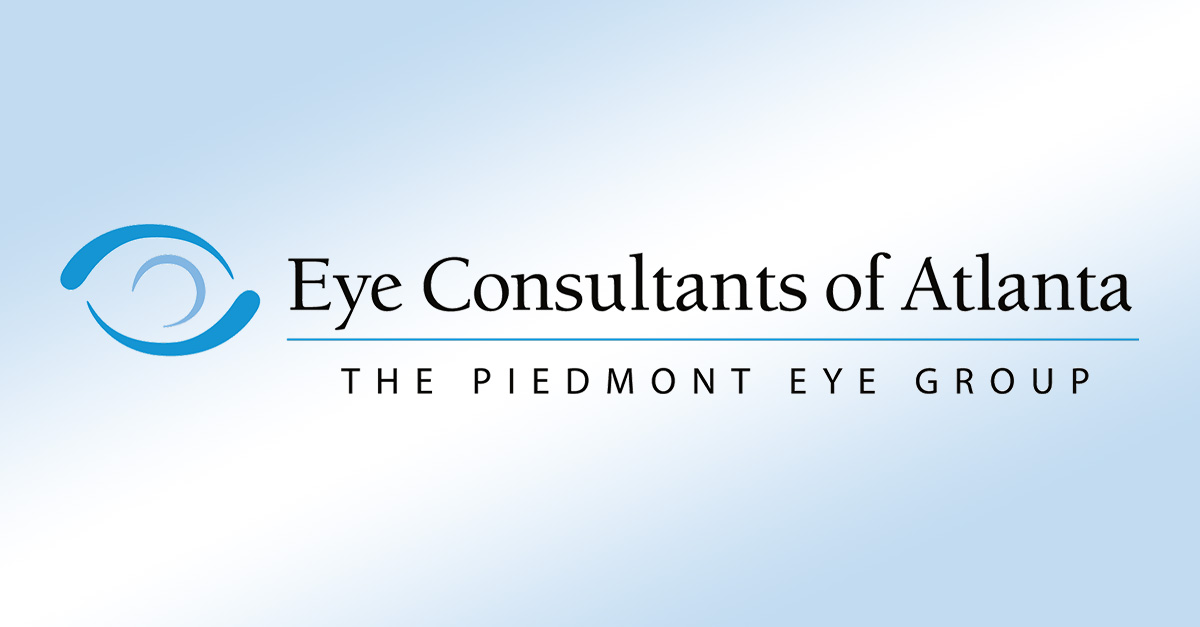Every year, Americans contract up to one million eye infections requiring medical attention from a doctor. The good news is that it is possible to stave off these infections and other common eye problems by being proactive about your health. Here are a few ophthalmologist-approved things everyone can do.
Maintain An Active, Healthy Lifestyle
Ophthalmologists and optometrists agree that maintaining a healthy lifestyle is one of the best ways to keep your eyes healthy. “In a new study, investigators found that ideal cardiovascular health, which is indicative of a healthy lifestyle, was associated with lower odds for ocular diseases especially diabetic retinopathy,” The Hindustan Times writes. The same study, published in the American Journal of Medicine (AJM), reveals that an active lifestyle can also significantly decrease the likelihood of glaucoma, cataracts, and age-related macular degeneration. Overall, half of the 2.2 billion cases of impaired vision and blindness caused by these common eye diseases could be prevented with a healthy diet and regular exercise.
For optimal eye health, an eye doctor generally suggests eating leafy greens, oily fish like tuna and salmon, and foods high in protein (try eggs, beans, and nuts). The Mayo Clinic recommends 150 minutes of moderate aerobic activity and at least two days of strength training per week to reap the full health benefits of exercise — including improved vision and eye health.
Wear Proper Eyewear
In addition to exercising regularly and eating well, patients can also be proactive about wearing proper eyewear at all times.
This rule applies in more situations than you might think. First, if you require reading glasses or you are required to wear glasses for distance while you drive, wear the glasses to limit eye strain. An eye doctor can help if your vision worsens over time.
It is also important to wear protective eyewear when necessary. If you play sports, keep in mind what sports pose the most risk to your vision. Some of the sports that are most likely to cause eye injuries without proper protective gear include basketball, tennis, and sports or activities that involve any sort of projectile, like darts and paintball.
Similarly, it is wise to wear protective goggles while working on major home improvement projects or working in construction or with machinery. There are protective options for additional industries. For example, those working with computers all day can consider blue light filtering glasses or anti-glare screen coverings that may reduce eye strain symptoms and headaches.
Finally, don’t forget about potential ill effects from the sun! “Too much UV exposure boosts your chances of cataracts and macular degeneration,” WebMD writes. Wear sunglasses that block at least 99% of UVA and UVB rays. Ask an eye doctor if you have any questions about protecting your eyes and day-to-day eyewear.
Be Smart About Your Screentime
These days, many of us are working from home at least part-time. For those who experience eye strain symptoms, there are techniques that can help.
Start by setting up your workspace the right way. To reduce eye strain, your monitor or laptop screen should be slightly below eye level. Purchase risers to lift screens up to optimal height if necessary. Keep screens at least an arm’s length away from your face and practice the 20-20-20 rule. The 20-20-20 rule advises taking a short break every 20 minutes to look away from the screen. During that time, focus on any item that is at least 20 feet away for a minimum of 20 seconds. This can help decrease symptoms related to continually looking at screens up-close.
While it is true that it is important to find a good eye doctor, do not put them to work unnecessarily. Take care of your eyes. Ask your eye doctor what you can do to keep your eyes and your vision at their best.

